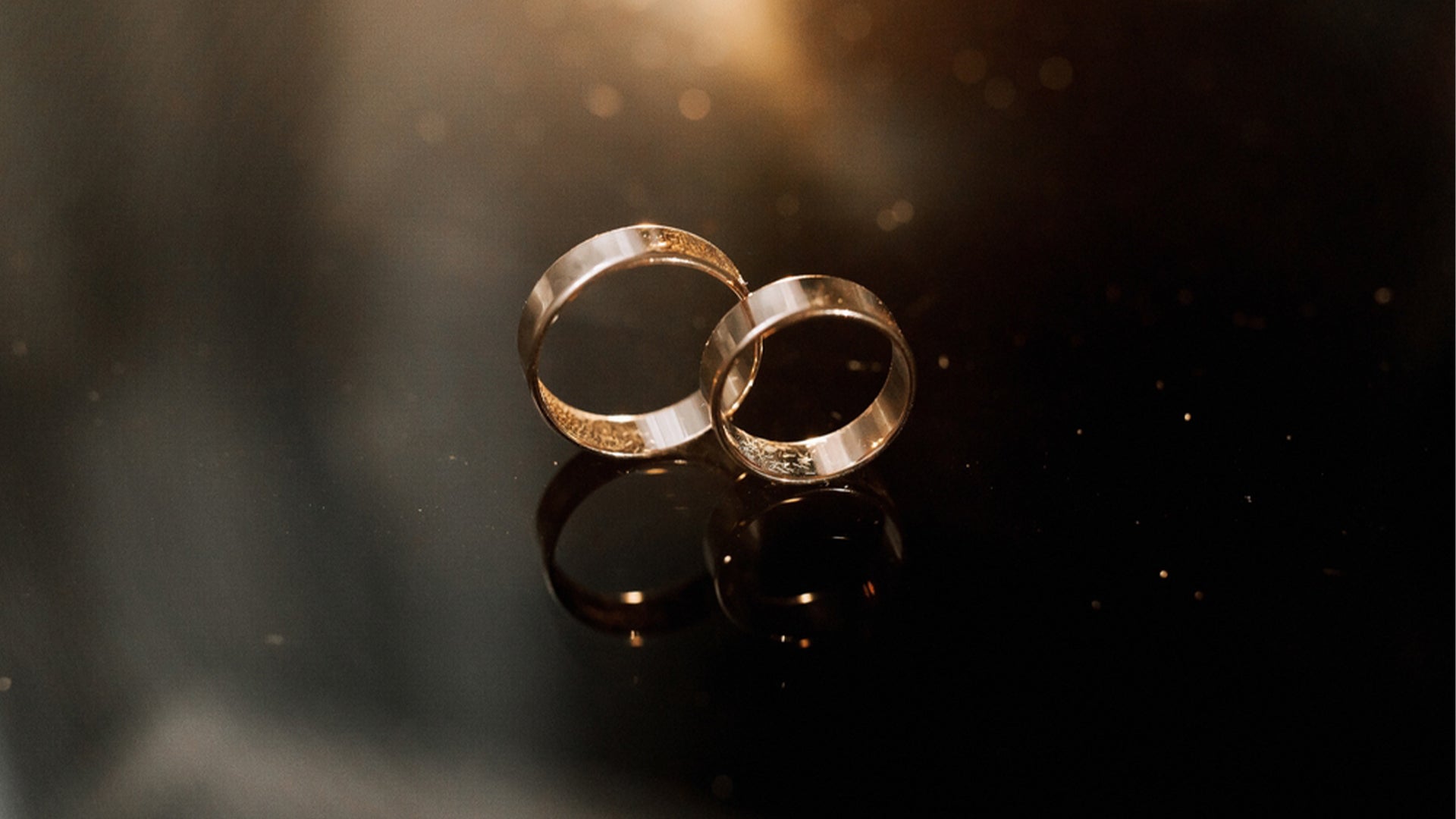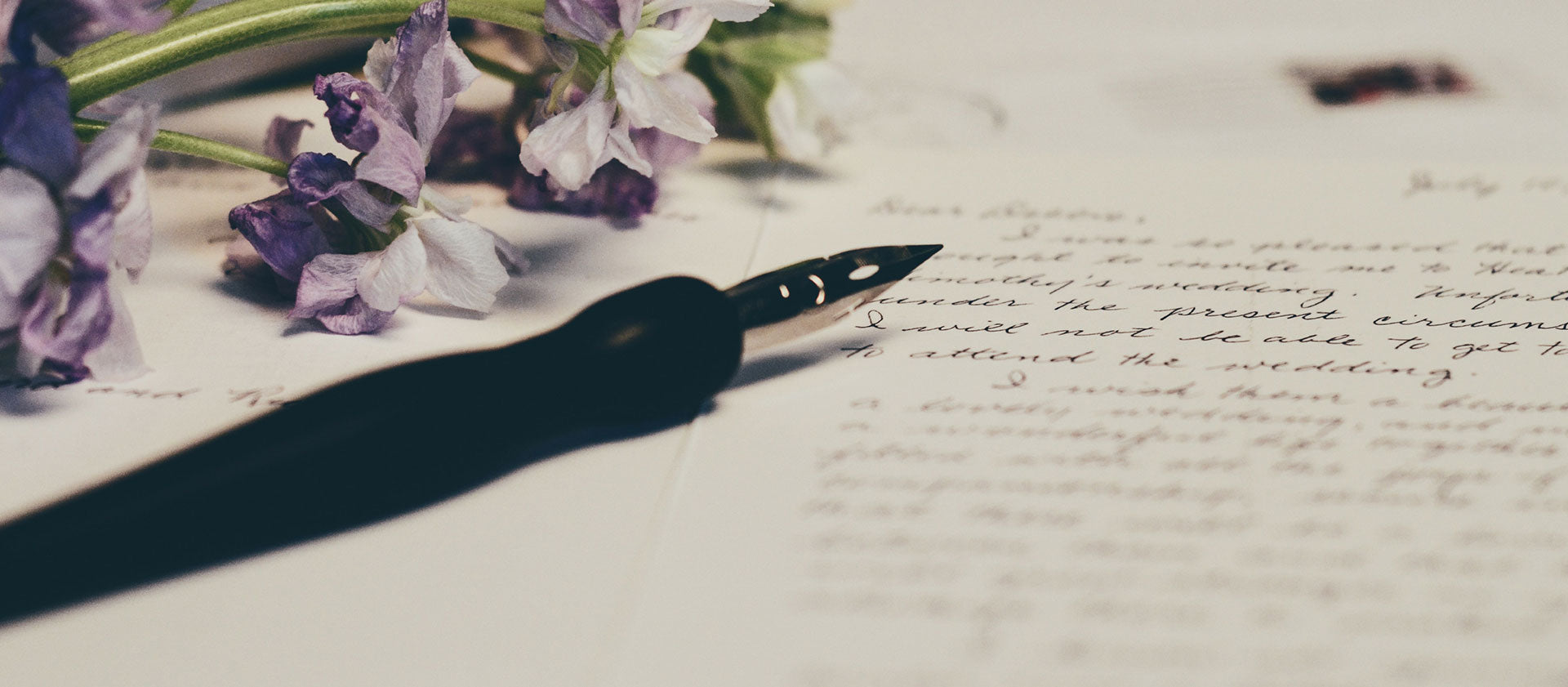How to Choose the Perfect Wedding Band: A Complete Guide by Vangeli

Your engagement ring marked the promise, the proposal, and the “yes” that started your journey. But your wedding band, however, is the ring that carries that promise forward every day. Unlike engagement rings, which are often elaborate and designed to stand out, wedding bands are understated, enduring, and usually worn alongside your partner’s ring as a lasting symbol of love and commitment.
“At Vangeli, with decades of experience handcrafting fine jewellery in Canberra, we have helped couples understand these differences and choose bands that reflect their love story”
At first glance, choosing a wedding band may seem simple. Yet with so many metals, profiles, widths, and finishes to explore, the decision can feel overwhelming. Some couples prefer matching rings for a unified look, while others embrace styles that reflect their individuality.
In this guide, we’ll walk you through everything you need to know, from timelines, design choices, to materials, sizing, and care, so that you can select the wedding bands that feel both personal and timeless.
When to Start Looking For Your Wedding Band
Wedding bands are among the most meaningful purchases you’ll ever make, and thoughtful planning makes the process far more enjoyable. Starting early allows you to explore your options without stress, factor in crafting times, and leave room for resizing or personalisation.
A simple timeline to follow:
-
4 months before the wedding: Begin browsing designs online and in-store, and book a consultation to try on rings.
-
3 months before the wedding: Finalise your choice and place your order to allow time for crafting and delivery.
-
4–6 weeks before the wedding: Collect your rings and make any adjustments if needed.
This schedule ensures your rings are ready well before your big day, letting you focus on the celebration itself.
Deciding between the styles: Matching Vs Non-Matching
Once you’ve set aside time to start your search, the first decision is whether your wedding bands should match or reflect your individual tastes. Matching rings are a classic choice, symbolising unity and harmony, often sharing the same metal, profile, or finish. Non-matching rings, on the other hand, allow each partner to express their personality while still celebrating the bond of marriage.
Consider the following when deciding:
-
Do you want your rings to be identical, or simply complementary?
-
For women, does the band pair comfortably and beautifully with the engagement ring?
-
For men, is the design practical for everyday wear while still reflecting personal style?
Choosing the Material
The metal of your wedding band is more than just a design choice—it determines the look, feel, and durability of the ring for years to come. Beyond aesthetics, the right metal should complement your engagement ring and fit seamlessly into your lifestyle.
Popular options include:
-
Platinum: Naturally white, extremely durable, and ideal for active lifestyles.
-
Gold (Yellow, White, Rose): Classic and romantic, with karat levels affecting both strength and shine.
-
Titanium: Lightweight, hypoallergenic, and modern in appearance.
-
Silver or Stainless Steel: Affordable options, though they may lack the same long-term resilience or prestige.
Tip: Consider how the metal looks next to your engagement ring and how it will withstand daily wear.
“With Vangeli’s expertise, couples can explore metals from classic platinum to modern mixed-metal designs, ensuring the ring not only looks stunning but is practical for daily wear.”
Balancing Comfort & Style With Ring Width and Profile
The width and profile of your wedding band can dramatically change both its appearance and how it feels on your hand. Women often prefer slimmer bands that pair neatly with engagement rings, while men usually lean towards wider bands that create a strong, balanced presence.
Common band profiles include:
-
Court: Rounded edges for classic comfort.
-
D-Shaped: Flat interior with a rounded exterior for a snug fit.
-
Flat: A modern, crisp look with defined edges.
-
Flat Court: Combines the sleekness of a flat band with the comfort of rounded edges.
Quick tip on widths:
-
Women often choose bands between 2–2.5 mm (plain) or under 2 mm (stone-set).
-
Men typically opt for 3–4 mm for proportion and style balance.
Stone and Setting Options
For couples who want extra sparkle, wedding bands with diamonds or gemstones can be both striking and symbolic. The type of setting influences not only the look but also the durability of the ring.
Popular settings include:
-
Channel: Stones set in a groove, creating an elegant, unbroken line.
-
Bead: Tiny prongs secure accent gems, offering subtle sparkle.
-
Bar: Stones are held between vertical bars, maximising light exposure.
-
Castle or Scallop: Decorative, intricate detailing that enhances brilliance.
When choosing a setting, consider how it complements your engagement ring and whether it suits your daily lifestyle.
Personalisation Through Engraving
Engravings add a meaningful and personal touch to your rings, making them into something deeply personal. Popular ideas include:
-
Wedding date
-
Initials or nicknames
-
Short phrases (“Forever,” “Happily Ever After”)
A simple tip: keep engravings short and timeless so they remain clear and meaningful decades later.
“At Vangeli, we specialise in customising jewelleries. From subtle engravings to fully bespoke designs, with us your rings can carry a personal touch that lasts a lifetime.”
Key Considerations While choosing bands for Men & Women:
Though the symbolism is the same, men and women often approach wedding band choices differently. Women’s rings usually need to work in harmony with the engagement ring, balancing design and comfort. Men’s rings are typically worn alone, making durability and proportion the top priorities.
Considerations for women:
-
Often worn alongside an engagement ring, so the design should complement it.
-
Narrower widths prevent discomfort when stacked.
-
Styles: plain bands, diamond accents, eternity or half-eternity rings.
Considerations for men:
-
Usually worn alone, so comfort and durability are paramount.
-
Wider bands create a strong presence.
-
Metals and finishes: platinum or titanium for durability, hammered or brushed finishes for texture.
Choosing Your Ring Size
Sizing is often overlooked but essential for everyday comfort. Too loose and it may slip; too tight and it becomes uncomfortable over time.
Ways to check your size:
-
Use a printable size chart by matching your ring to the circle guides.
-
Measure the inside diameter with a ruler or calliper and compare it to a chart.
-
If you’re between two sizes, choose the larger one for comfort.
Caring for Your Wedding Band
Your wedding band is meant to last a lifetime, so care is important:
-
Avoid chemicals, pools, and strenuous activities while wearing your ring.
-
Clean gently with warm water and a soft brush.
-
Store away from direct sunlight and heat.
Bringing It All Together
Choosing your wedding bands is both a joyful experience and a meaningful investment in your relationship. By planning ahead, considering metals, widths, profiles, stone settings, personalisation, and care, you can select rings that not only reflect your style but also stand the test of time. Thoughtful planning ensures your wedding bands are beautiful, comfortable, and a perfect symbol of your lifelong commitment.


